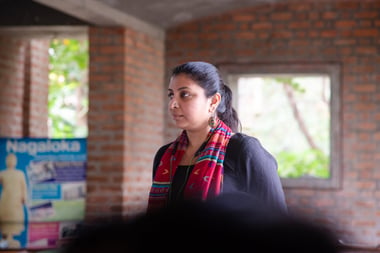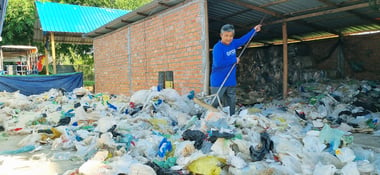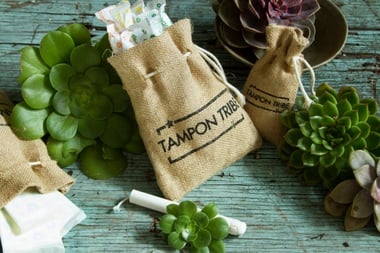
Beth Howell
Beth has been writing about the environment and climate change for over four years now – with her work being featured in publications such as The BBC, Forbes, The Express, Greenpeace, and in multiple academic journals.
With plastic pollution and waste levels ever increasing as years go by, it’s getting harder for countries to effectively manage and recycle it. In many cases, we just don’t have the resources and landmass to cope with the amount.
And as hard as it is for large countries to deal with, it’s tenfold harder for small island nations.
Island nations are swimming in not just plastic pollution, but other forms of waste as well. What is the solution when land is scarce and infrastructure is as developed as it can get? Let's find out in this article.
How waste management systems function on islands
With either inadequate or non-existent recycling plants on islands, most waste ends up in landfills. And with nowhere for the waste to go, these landfills are usually quick to surpass capacity — especially in areas that are inundated with tourism.
In many locations, savvy island dwellers collect the waste and process it for export to neighboring mainland countries who will then either use or sell the raw materials.
However, despite the high demand for waste in the global waste trade, island nations can face difficulties in exporting waste due to operational problems and freight costs — or overall lacking a proper waste collection system in place.
So for the most part, plastic and other covetable items such as tech materials just sit on the islands with nowhere to go.
Thankfully, there have been a few initiatives in recent years to tackle the island waste problem. One key example is the Moana Taka, which is a partnership between the Secretariat of the Pacific Regional Environment Programme and the China Navigation Company. The partnership offers island nations a pro-bono way of offloading their recyclable waste.
The Moana Taka comprises an incredible 21 countries and territories from the Pacific Ocean. However, these 21 countries represent a drop in the ocean for the global island waste pollution problem — we need to scale solutions if we really want to make a change.
.jpg?width=1200&height=630&name=Plastic%20on%20beach%20(1).jpg)
The plastic problem
Lying around in these open-air landfills, plastic waste is in high danger of entering oceans, usually from being blown along to the waterside or entering via rivers. And it's not just oceans that suffer from pollution from these poorly maintained landfills.
Dealing with these areas can be unpleasant, especially for residents who live close to the area. Hazardous chemical runoffs continue to be a problem, as do frequent fires due to combustive effects from compacting waste.
These dangers drag down the quality of life for those nearby, as well as pose a serious threat to homes and lives. For a more sustainable future, it’s clear that these practices must change.
Summary: Our island mission
At CleanHub, we’re proud to say we focus just as much on our efforts on island waste management as we do on mainland waste management.
That's why we work with our collection partner Green Worms on the breathtaking Andaman Islands, which are rich in biodiversity and scenery.
We’ve set up a Material Recovery Facility in Port Blair, collecting recyclable and non-recyclable plastic waste in the Southern part of the island. This way, we can prevent waste from entering the seas and remove the threat of plastic pollution in the local communities.
We’re not going to stop until every shoreline in the world is accounted for — but we need your help. If you manage a project working on waste management for small islands, get in touch with our team of experts to see how we can work together to tackle this plastic pollution crisis.

.webp)


.jpg?width=380&name=drone-2021-12-06-10h31m38s177%20(1).jpg)




-2.png?width=380&name=Untitled%20design%20(2)-2.png)
.webp?width=380&name=Sarah-Jeanne-Royer%20(1).webp)
-1.webp?width=380&name=microplastics%20(1)-1.webp)
